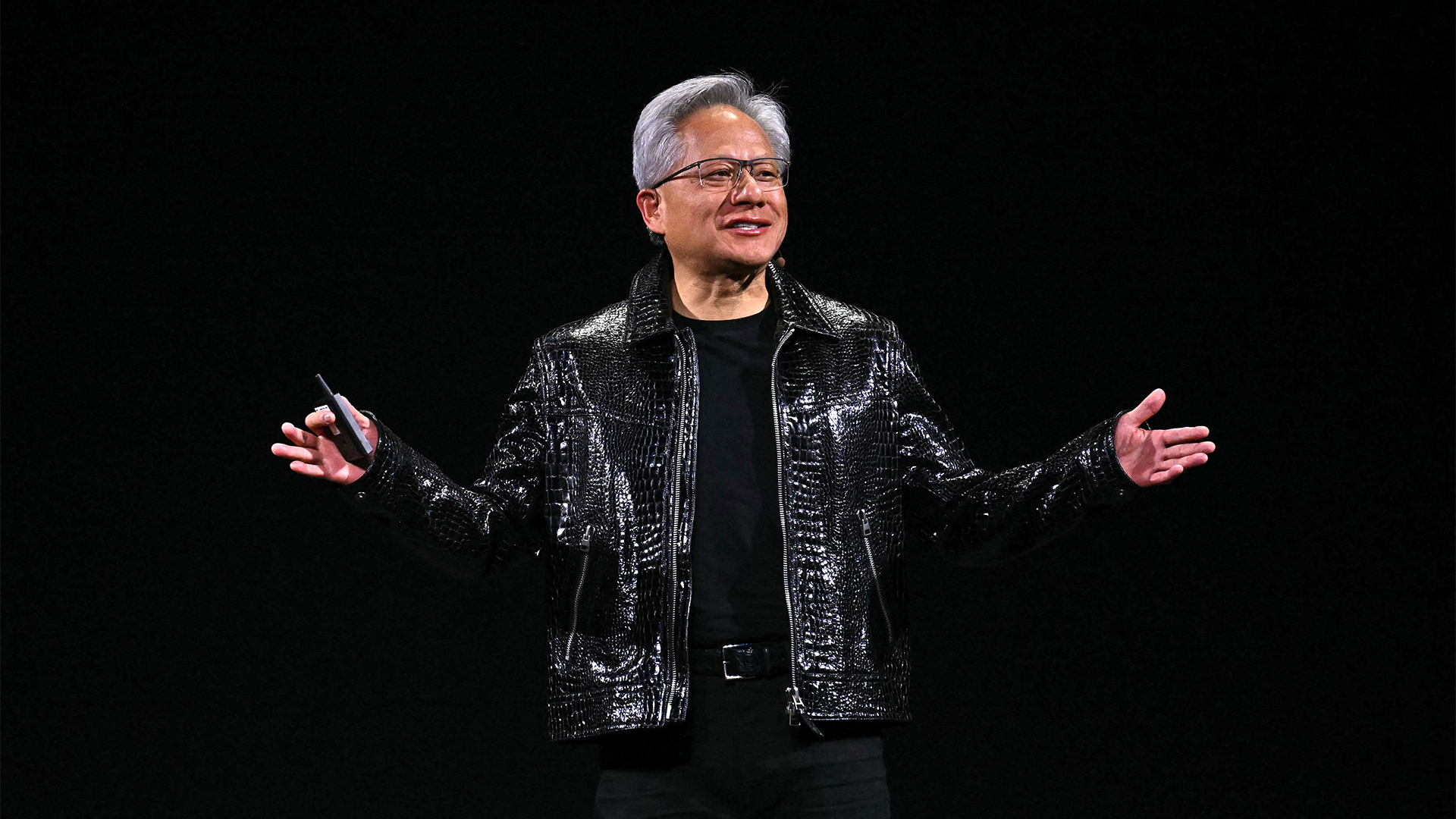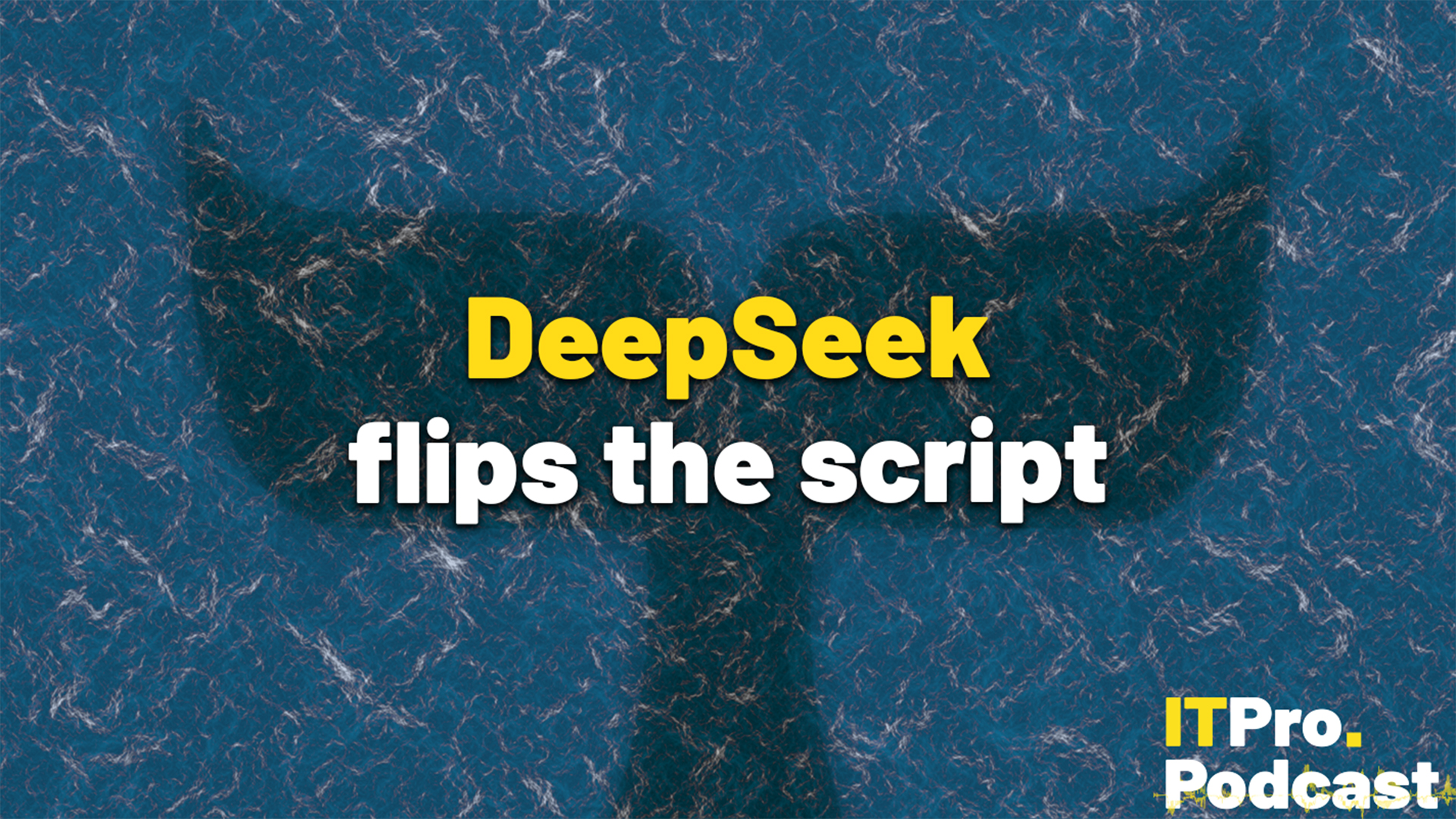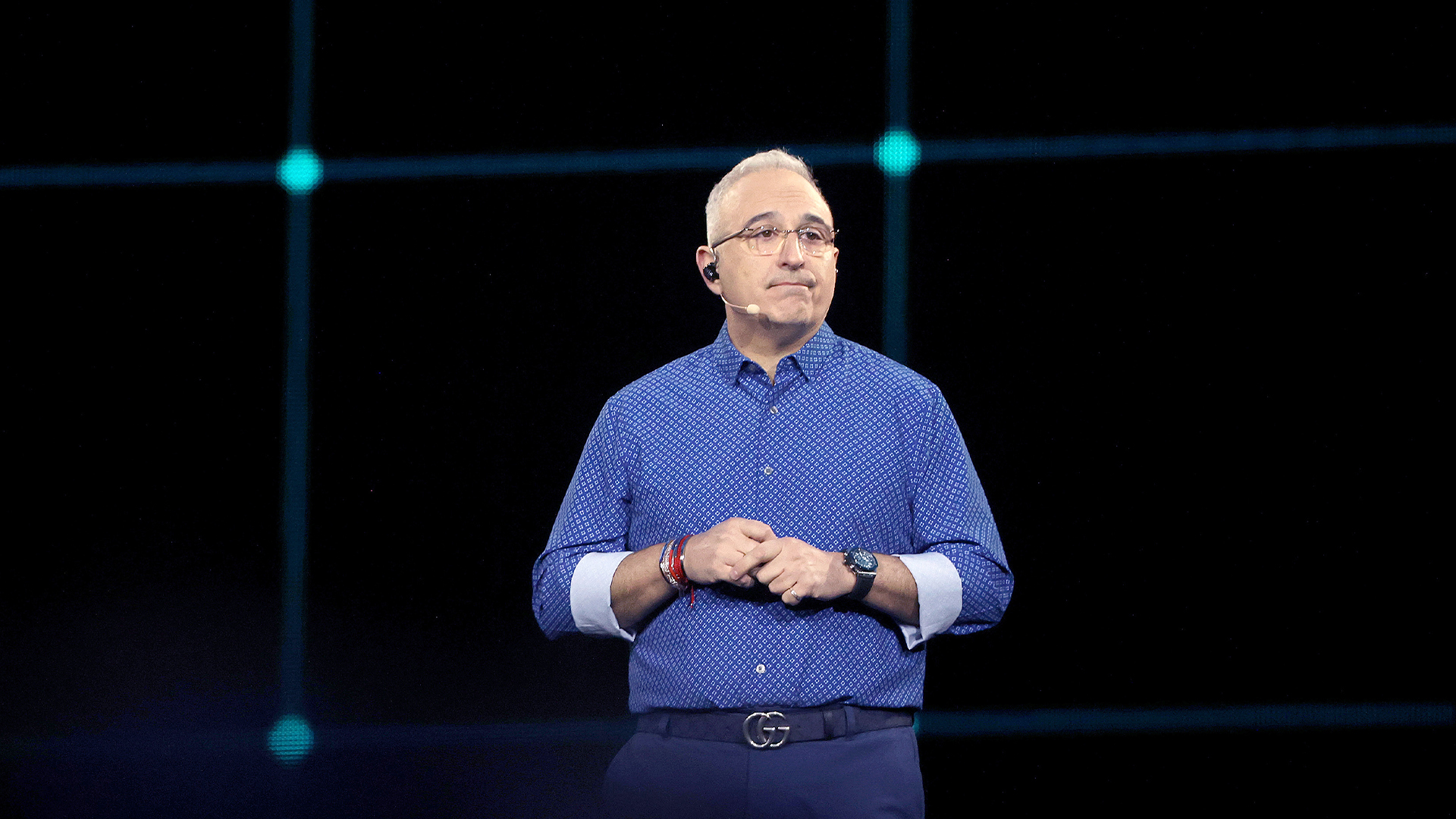UK supercomputer boom as HPE and Dell receive funding for new AI cluster
The UK’s AI computing capabilities will increase by an order of magnitude in 2024


Hewlett Packard Enterprise (HPE) and Dell Technologies have both announced UK supercomputer projects as part of a UK government initiative on artificial intelligence (AI) and exascale computing.
The UK government will invest £225 million in a joint project between HPE and the University of Bristol called Isambard-AI, which will become the most powerful supercomputer in the UK when it’s turned on in 2024.
Isambard-AI will be capable of 200 petaflops of performance under the Top500’s Linpack benchmark – around ten times that of the current fastest UK supercomputer, ARCHER2. It will also be capable of 21 exaflops of AI performance for training frontier generative AI models, such as new and advanced large language models (LLMs).
A further £75 million has been awarded to Dell Technologies, which has collaborated with Intel and the University of Cambridge to produce the Dawn supercomputer, which has been deployed and will be fully running in the next two months. The trio claim that it’s the UK’s fastest AI supercomputer at present.
Isambard-AI and Dawn combine to form a supercomputer cluster as part of the AI Research Resource (AIRR), a facility for AI research and innovation created through a £300 million government investment.
Once the AIRR is fully operational, the UK will host some of the most powerful supercomputers not only in Europe but the world. Through this funding and the UK’s AI Safety Summit, the government has attempted to legitimize the UK’s place as an international research hub.
The Universities of Bristol and Cambridge will each host part of the cluster, with a phase 2 for Dawn expected in 2024 that will increase its performance tenfold.
Get the ITPro daily newsletter
Sign up today and you will receive a free copy of our Future Focus 2025 report - the leading guidance on AI, cybersecurity and other IT challenges as per 700+ senior executives
"Today's announcement of the UK’s major investment in AI supercomputing underscores its commitment to taking a global leadership position in AI,” said Justin Hotard, executive vice president and general manager, HPC, AI and Labs at HPE.
“The Isambard-AI system will harness world-leading supercomputing, including high-performance networking co-developed at HPE's Bristol labs, to provide the performance and scale required for compute-intensive AI projects. We are proud to partner with the UK Government and the University of Bristol to give UK researchers and industry access to Europe's largest AI system for open science."
RELATED RESOURCE

More than a number: Your risk score explained
Learn about the benefits of continuous cyber risk scoring
DOWNLOAD NOW
Unlike HPE with Isambard-AI, Dell has not yet released expected performance numbers for Dawn, but will do so at the Supercomputing 23 conference, held from 12-17 November 2023 in Denver, Colorado.
The supercomputer has been formed from PowerEdge XE9640 servers, which contain Intel’s Xeon Scalable processors and Intel Data Center GPU Max accelerators. In Dawn, Intel has a chance to prove the power of its GPUs in comparison to Nvidia’s sought-after AI chips, in its goal to achieve AI hardware dominance by 2025.
“Collaborations like the one between the University of Cambridge, Dell Technologies and Intel, alongside strong inward investment, are vital if we want compute to unlock the high-growth AI potential of the U.K,” said Tariq Hussain, head of UK public sector at Dell Technologies.
“It is paramount that the government invests in the right technologies and infrastructure to ensure the UK leads in AI and exascale-class simulation capability. It’s also important to embrace the full spectrum of the technology ecosystem, including GPU diversity, to ensure customers can tackle the growing demands of generative AI, industrial simulation modeling and ground-breaking scientific research.”
Isambard-AI is being built using HPE’s Cray EX supercomputer, hosting 5,448 of Nvidia’s GH200 Grace Hopper Superchips connected using HPE Slingshot 11 interconnect technology. It will also be capable of almost 25 petabytes of storage using the Cray Clusterstor E1000.
HPE says that Isambard-AI will be optimized for AI data and will be housed in a self-cooled data center at the National Composites Center at Bristol and Bath Science Park. Excess heat will eventually be used to heat nearby buildings.
Once fully operational, the AIRR cluster will push the UK closer to its exascale goal and drive research in fields including climate modeling, AI, future energy systems such as fusion, and frontier science.

Rory Bathgate is Features and Multimedia Editor at ITPro, overseeing all in-depth content and case studies. He can also be found co-hosting the ITPro Podcast with Jane McCallion, swapping a keyboard for a microphone to discuss the latest learnings with thought leaders from across the tech sector.
In his free time, Rory enjoys photography, video editing, and good science fiction. After graduating from the University of Kent with a BA in English and American Literature, Rory undertook an MA in Eighteenth-Century Studies at King’s College London. He joined ITPro in 2022 as a graduate, following four years in student journalism. You can contact Rory at rory.bathgate@futurenet.com or on LinkedIn.
-
 Why are many men in tech blind to the gender divide?
Why are many men in tech blind to the gender divide?In-depth From bias to better recognition, male allies in tech must challenge the status quo to advance gender equality
By Keri Allan
-
 BenQ PD3226G monitor review
BenQ PD3226G monitor reviewReviews This 32-inch monitor aims to provide the best of all possible worlds – 4K resolution, 144Hz refresh rate and pro-class color accuracy – and it mostly succeeds
By Sasha Muller
-
 Reports: White House mulling DeepSeek ban amid investigation
Reports: White House mulling DeepSeek ban amid investigationNews Nvidia is caught up in US-China AI battle, but Huang still visits DeepSeek in Beijing
By Nicole Kobie
-
 ‘This is the first event in history where a company CEO invites all of the guests to explain why he was wrong’: Jensen Huang changes his tune on quantum computing after January stock shock
‘This is the first event in history where a company CEO invites all of the guests to explain why he was wrong’: Jensen Huang changes his tune on quantum computing after January stock shockNews Nvidia CEO Jensen Huang has stepped back from his prediction that practical quantum computing applications are decades away following comments that sent stocks spiraling in January.
By Nicole Kobie
-
 We’re optimistic that within five years we’ll see real-world applications’: Google thinks it’s on the cusp of delivering on its quantum computing dream – even if Jensen Huang isn't so sure
We’re optimistic that within five years we’ll see real-world applications’: Google thinks it’s on the cusp of delivering on its quantum computing dream – even if Jensen Huang isn't so sureNews Nvidia CEO Jensen Huang sent shares in quantum computing firms tumbling last month after making comments on the near-term viability of the technology.
By Ross Kelly
-
 DeepSeek flips the script
DeepSeek flips the scriptITPro Podcast The Chinese startup's efficiency gains could undermine compute demands from the biggest names in tech
By Rory Bathgate
-
 Top five security considerations for Generative AI (Gen AI)
Top five security considerations for Generative AI (Gen AI)whitepaper Protection across AI attack vectors
By ITPro
-
 What HPE's results say about the direction of enterprise AI
What HPE's results say about the direction of enterprise AIAnalysis As with cloud computing, some companies value privacy over capacity
By Jane McCallion
-
 Prepare for the future now. Achieve greater, secure productivity, using AI with the latest Dell PCs powered by Intel® Core™ Ultra and Copilot
Prepare for the future now. Achieve greater, secure productivity, using AI with the latest Dell PCs powered by Intel® Core™ Ultra and Copilotwhitepaper Protection across AI attack vectors
By ITPro
-
 Top five security considerations for generative AI (Gen AI)
Top five security considerations for generative AI (Gen AI)whitepaper Accelerate your adoption of a secure and scalable infrastructure foundation with Dell AI Factory with NVIDIA
By ITPro